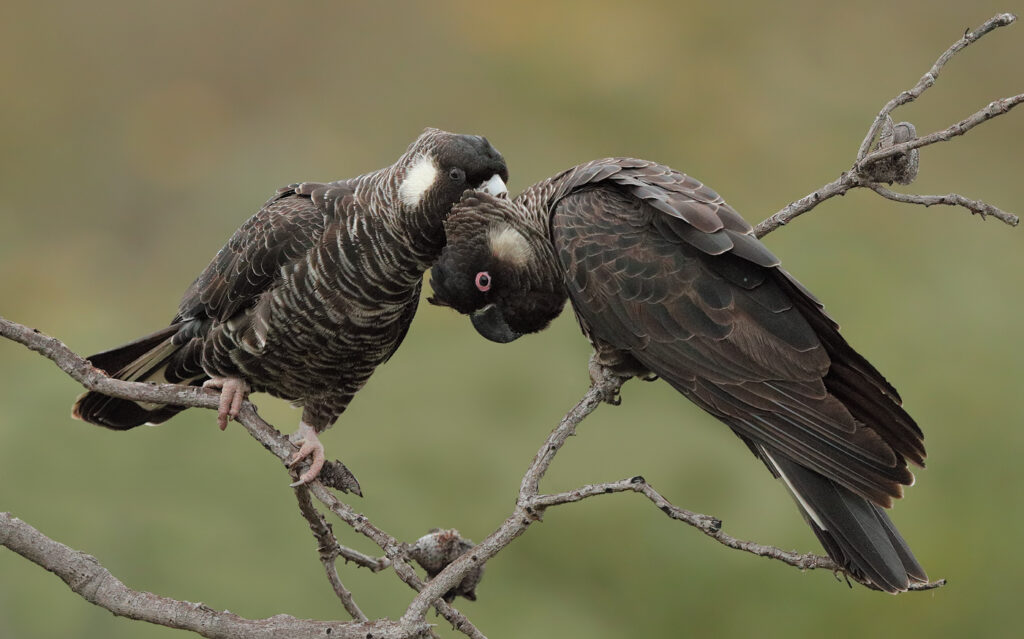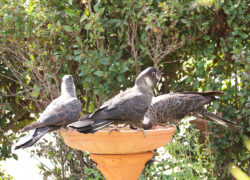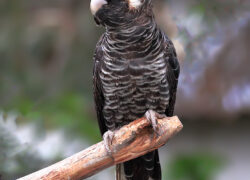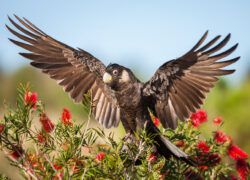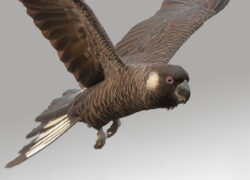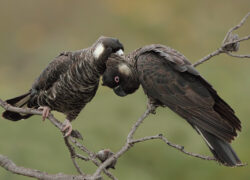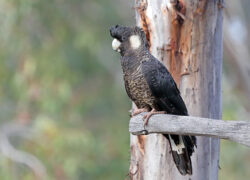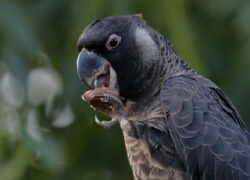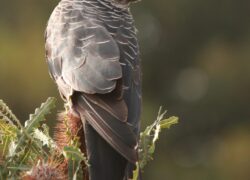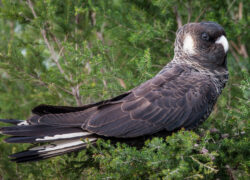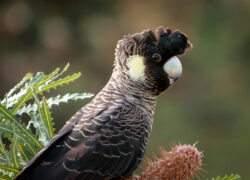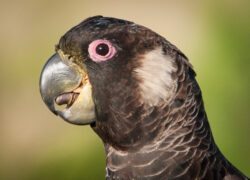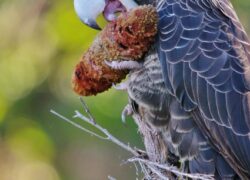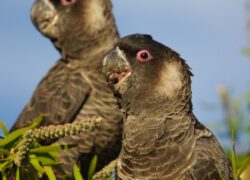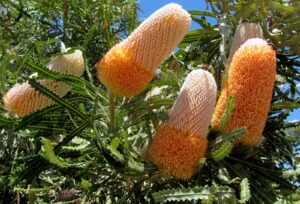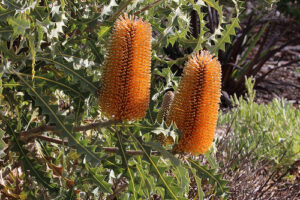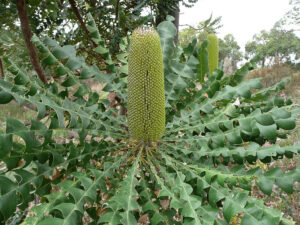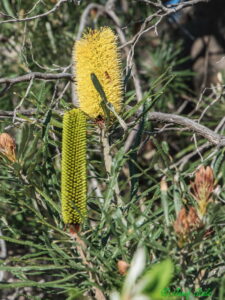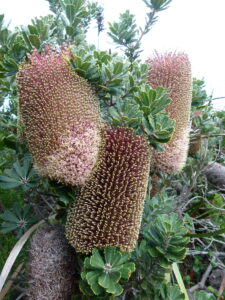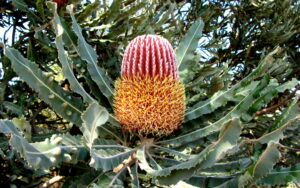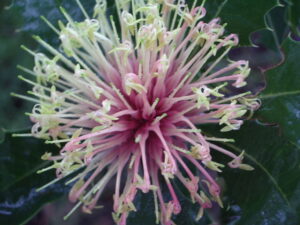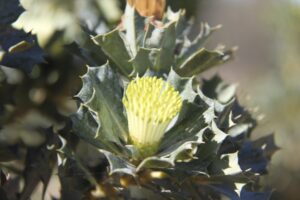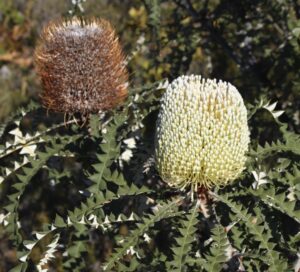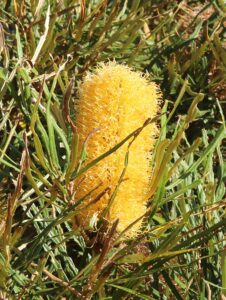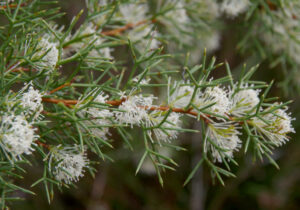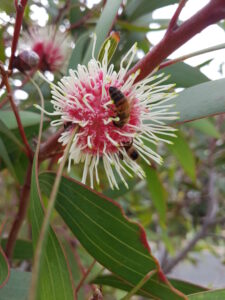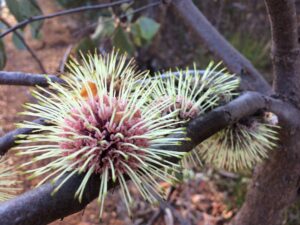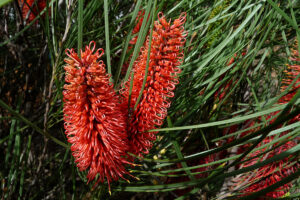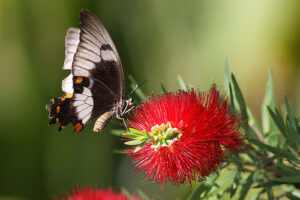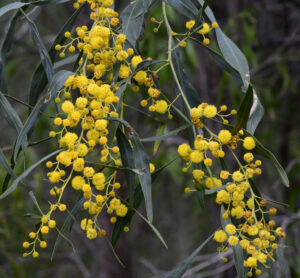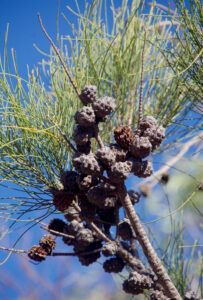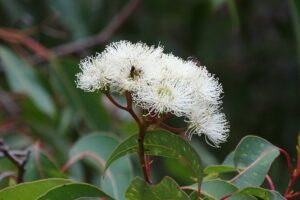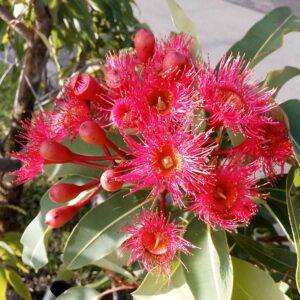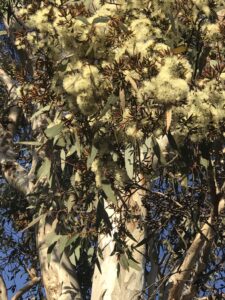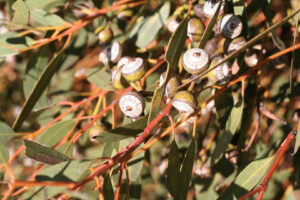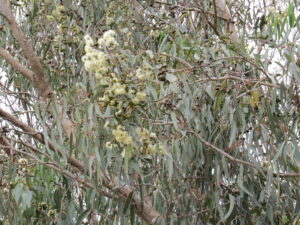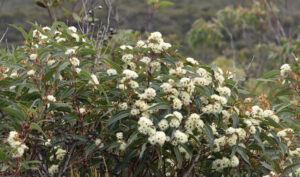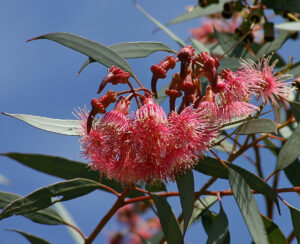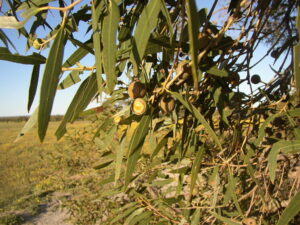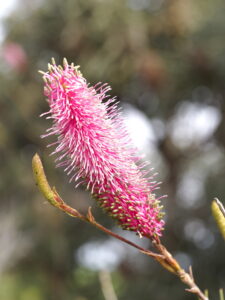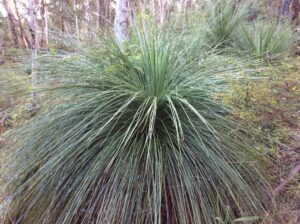Carnaby’s Black-Cockatoo
Ngolak flocks once numbered the thousands! Their population is in a worrying decline around the Perth region.
Noongar Names: Ngolak
Scientific Name: Calyptorhynchus latirostris
Conservation Status: Endangered
Threats: Illegal shooting, car strikes, introduced species, habitat clearing
Will they visit?: Carnaby’s Black-Cockatoos are seasonal visitors to home gardens
Natural Distribution: Widespread throughout the South West and Perth region
- ‘Carnaby’s Black-Cockatoo (C)Cassandra White 2016 birdlifephotography.org.au’
- ‘Carnaby’s Black-Cockatoo (C)Con Duyvestyn 2019 birdlifephotography.org.au’
- ‘Carnaby’s Black-Cockatoo (C)Georgina Steytler 2012 birdlifephotography.org.au’
- ‘Carnaby’s Black-Cockatoo (C)Ian Wilson 2016 birdlifephotography.org.au’ (2)
- ‘Carnaby’s Black-Cockatoo (C)Ian Wilson 2016 birdlifephotography.org.au’
- ‘Carnaby’s Black-Cockatoo (C)Peter Owen 2019 birdlifephotography.org.au’
- ‘Carnaby’s Black-Cockatoo (C)William Betts 2017 birdlifephotography.org.au’
- Carnaby’s Black-Cockatoo – (C) Georgina Steytler
- Carnabys Black-Cockatoo – (C) Georgina Steytler
- Carnabys Black-Cockatoo – (C) Georgina Steytler
- Carnabys Black-Cockatoo – (C) Georgina Steytler
- Carnaby’s Cockatoo – Gary Tate
- Carnaby’s Cockatoo – Gary Tate
Habitat at a Glance
See Habitat Guide for more detail
Shelter: In large tree hollows and roosts in tall canopies
Diet: Fruits, seeds, and flowers
Water: Native frog ponds, water troughs and bird baths
ReWild Benefit: Seed dispersal
Habitat Guide - Shelter
Habitat Guide - Food and Water
ReWild Benefits
Black Cockatoos face challenges as we continue to clear their breeding and foraging habitat. Black Cockatoos pollinate and disperse seeds of native plants and help to create a more connected ecosystem throughout the landscape.
Visit BirdLife Australia to learn more about these native birds and record any sightings via Birdata. You can join the annual Great Cocky Count to help scientist monitor their population.

